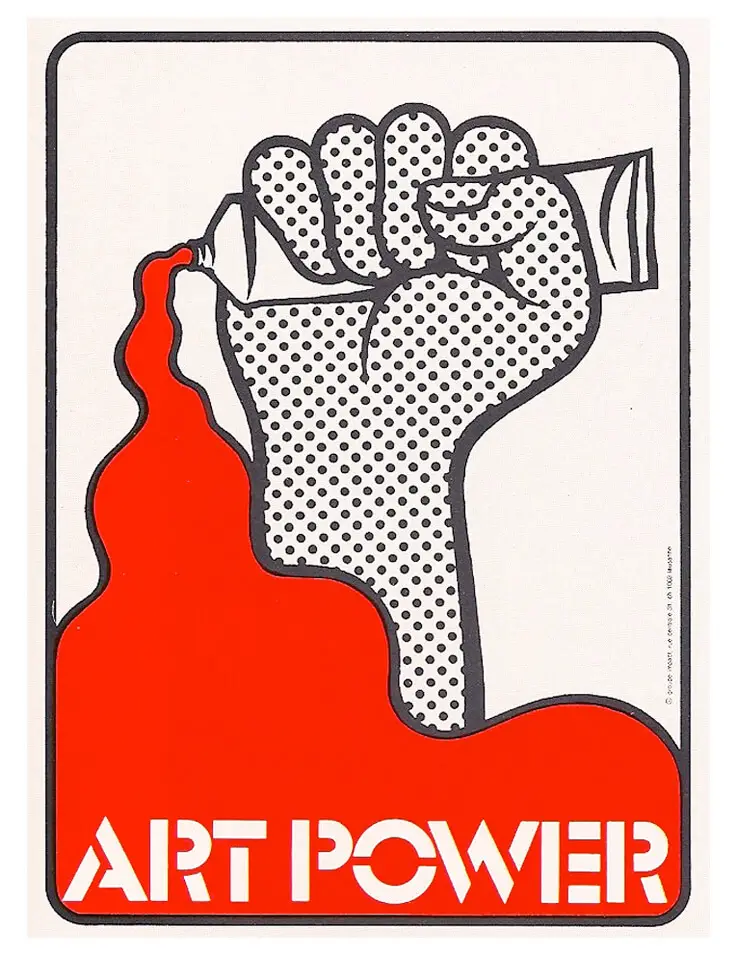Uncovering the Layers of Abstract Expressionism
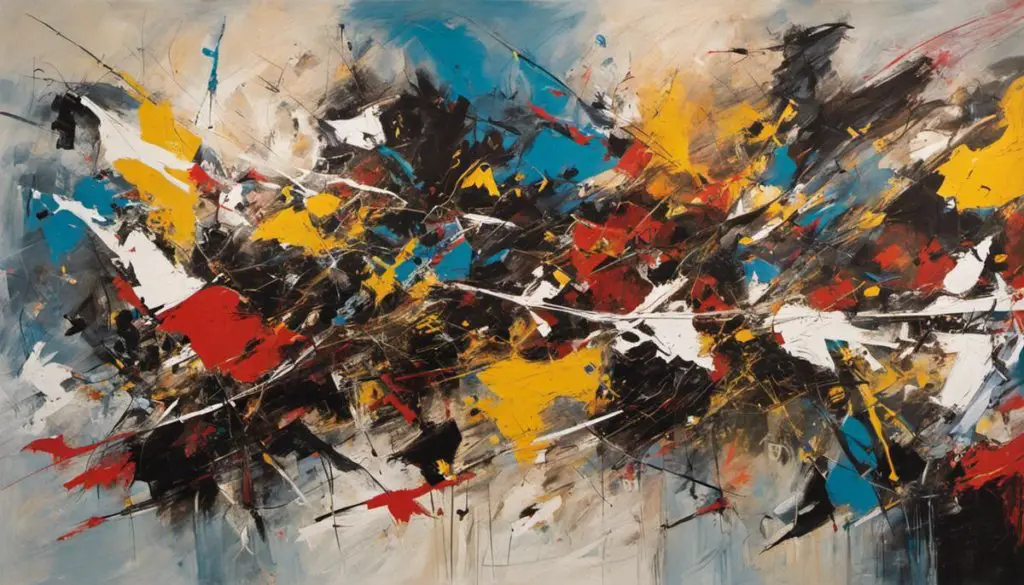
Delve into the mesmerising and turbulent journey of Abstract Expressionism, a paradigm-shifting movement that sets itself apart as the first truly American avant-garde spectacle of creative endeavour. Emerging from the ashes of World War II and wrapped in the complexities of existential crisis and post-war trauma, the birth of this insightful art genre was a response to the uncertainties of the time. Under the influential shadows of iconic artists such as Jackson Pollock and Willem de Kooning, it took form, borrowing heavily from Surrealism’s subconscious and dream-like imagery. This discourse aims to uncover the intriguing origins, prominent themes and styles, far-reaching global influence, and not to forget, the seminal works of Abstract Expressionism.
Origins and Influences of Abstract Expressionism
Pioneers of Abstract Expressionism: Catalysts of an Artistic Revolution
Once upon a time, when the inception of the 20th century was barely fledgeling, an art movement emerged out of the dust of World War II. It dared to challenge the limiting constraints of traditional art forms. This was none other than Abstract Expressionism, a non-figurative form of art that basked in the freedom of subjective expression.
Abstract Expressionism cradled two main styles – gestural (Action Painting), and the chromatic (Color Field Painting), marked by spontaneous, intense brushwork and large fields of colour respectively. This movement placed New York City at the very helm of the international art scene, shifting the locus of power from Paris.
The catalyst behind this explosion of expressive freedom? One may posit the turbulence of the age. Post the traumatic World War II era, there was an element of totalitarian revulsion, global insecurity, and existential dread. This raw, turbulent energy inevitably found its expression in this revolutionary form of art.
Now, the figures that carried the Abstract Expressionist torch were as varied and dynamic as the movement itself.
Arguably at the forefront of the movement was Jackson Pollock, known for his large-scale, rhythmic ‘drip paintings’. Pollock took to his canvas with a freedom that was almost balletic, allowing paint to drip from his brush or directly from the can, truly embodying the spirit of Action Painting.
In the same vein, Willem de Kooning applied aggressive, dynamic brushworks, creating pieces that were intense and emotive. His works, such as ‘Woman, I’, demonstrated a frenetic exploration of the human form within the abstract space.
But the contribution to Abstract Expressionism wasn’t limited to its tumultuous, gestural aspect. Quite conversely, Mark Rothko championed the Color Field Painting subset. Rothko’s characteristic style involved large rectangles of hazy, yet vibrant colour. His mission was to evoke basic human emotions, not to paint mere aesthetic wonders, and his enigmatic forms certainly achieved this goal.
Another pioneer in Color Field Painting was Barnett Newman. His works, primarily the ‘zip paintings’, featured broad expanses of color, bisected by thin, vertical lines, or ‘zips’. These pieces were Newman’s attempt at communicating the sublime, providing the audience with an overwhelming sense of the divine.
In essence, the pioneers of Abstract Expressionism challenged the conformities of traditional art, trading them for an emotive, free-form language of colour and form. They were influenced by the tumultuous world around them, and not only did they express it – but they also offered solace within it. Their imprint has left an indelible mark on the history of art, forever changing the face of painting and providing a foundation for many modern and contemporary art practices. Their legacy, indeed, continues to inspire, challenge, and stimulate the art world to this day.

Themes and Styles in Abstract Expressionism
Abstract Expressionism’s Emergent Themes and Styles
Abstract Expressionism is synonymous with a specific fusion of emotion, energy and self-expression. The movement was on a mission to represent the ineffable and unexplainable experiences of life, creating works that were highly personal and introspective, unveiling deep emotional truths and confronting the subconscious mind.
When diving further into the aesthetic intricacies of this movement, one stumbles upon a dramatic emphasis on the subjective. The Abstract Expressionists weren’t terribly concerned with accurate depictions of the physical world; rather, it was their urgent ambition to lyrically communicate psychological reality, internal states of emotions or ideas that graced their canvases.
One would often perceive a sense of freedom and rebellion – a tumultuous dance of brush strokes, splashes, drips, or bold blocks of colour that was testament to an artist’s fierce autonomy. There was no one-size-fits-all template guiding their execution. The artists went along with their impulses and instincts – their creations, a lyric poem of their subterranean psyche.
Just as Jacques Lipchitz perfectly encapsulated, Abstract Expressionism was about liberating one’s self from the external world, launching oneself into an internal voyage. The journey was the destination, the process of creating was the artwork in itself rather than the finished canvas.
These trailblazers were true visionaries, daring to tackle vast ideas both philosophical and existential. The abstract expressionists grappled with themes like life, death, chaos, order, spirituality, nature, and the cosmos itself. Their works often mimicked flows and disruptions found within nature, with Pollock famously professing, ‘I am nature.’
One also can’t overlook the dialogue with spirituality cultivated within this movement. Several artists, including Rothko and Newman, created pieces that were contemplative spaces, aiming to provoke a type of spiritual or transcendental experience within the viewer. They sought to lose the ego and individual identity into a world larger than the self. Such a quest rendered resulted in works that were immersive, pieces that could dissolve viewers into a field of colour and texture.
Their brilliant experimentation also pushed boundaries within the medium of paint itself. They developed new techniques that liberated the paint to behave as it wished on the canvas. Pollock let the paint splash, drip and dance, creating works that resonated with rhythm. De Kooning worked with thick slabs of paint, creating intense surface texture, while others favoured thin washes that seeped into bare canvas.
Abstract Expressionism revolutionised the world of Modern Art within and beyond the borders of canvas. It symbolised the first American avant-garde movement, cementing a new identity within the international art scene – one of brave exploration and primal expression. A legacy that, to this day, inspires and stimulates artists, encouraging them to delve into the uncovered parts of their souls and lay it bare for the world to see. It stands as a remarkable testament to human courage, resilience, and the boundless capacity for creativity.
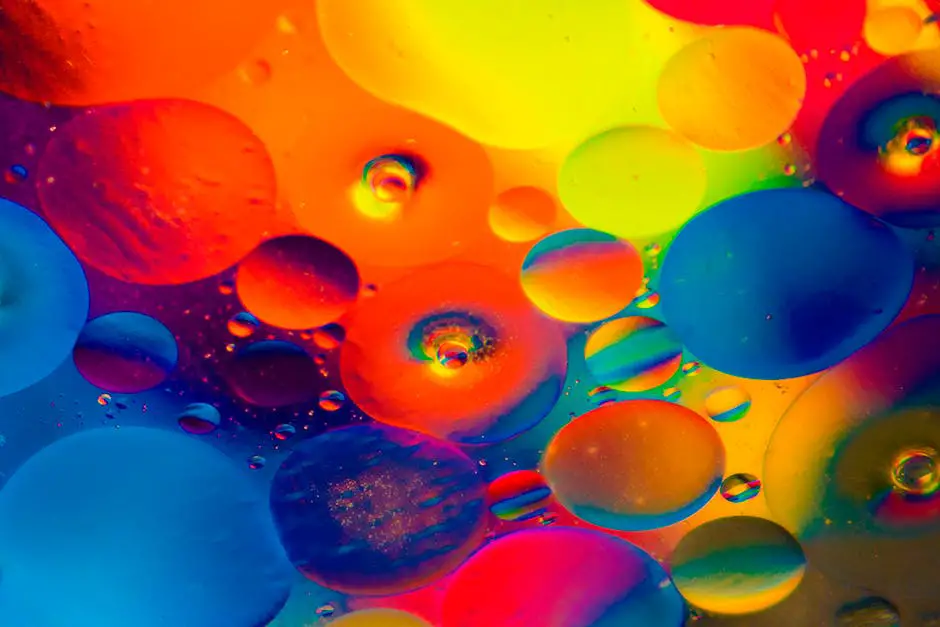
Impact on Modern Art and Influence across the Globe
Abstract Expressionism
Abstract Expressionism did not merely stand as a pillar of artistic creativity; it served as a chisel which strikingly reimagined modern art’s parameters, profoundly influencing a diverse collection of cultures worldwide. It was through this movement that a path was torched for other art styles to follow – styles that might’ve never found their place were it not for the bold door-opening of Abstract Expressionism.
Despite its roots being deeply embedded in American soil, the unique language of Abstract Expressionism spilled across borders, oblivious of geographical constraints. The tidal wave of this movement was so potent that it wasn’t long before it permeated far-reaching cultures, from the French Tachism to the informal art witnessed in the European landscapes. It architecturally redesigned the perception of art, placing a paramount emphasis on individualistic expression. This globally echoed imprint was traced back to Abstract Expressionism and its revolutionary connotations of being unfettered to traditional norms.
Asia, an emblem of a rich tapestry woven by traditional aesthetics and philosophical dimensions, was equally smitten by the power of Abstract Expressionism. Most notably, Japan embraced this Western art style aptly, melding the raw, spontaneous brush strokes with their traditional Sumi-e painting to fabricate the Mono-ha movement. Redefining the conventional oriental mindset, this exceptional merger testified to the limitless realm Abstract Expressionism had pioneered.
Furthermore, the film and fashion industries didn’t remain untouched by the flood tide of this movement either. Cinema often utilized the visual language of Abstract Expressionism to frame characters and plots submerged under the weight of psychological complexities. Equal parallels can be drawn within the fashion domain. The sprawling canvas of Abstract Expressionism breathed life into textile designs, liberating them from the mundane grid and allowing an explosion of unanticipated shapes and colours – a silent tribute to Pollock or Rothko’s brilliance.
Yet, it wasn’t only restricted to the visual or tangible artistic avenues; the literary world also absorbed the essence of Abstract Expressionism. The Beat Generation – marked by spontaneous prose and verse – carried remnants of this ground-breaking art style within their works. The interplay of subconscious expression and chaotic structure seen in their literary endeavours mirrored the underlying ethos of Abstract Expressionist artists.
In essence, Abstract Expressionism tore down the existing confines of artistic expression, establishing a realm where individual consciousness and its manifestation were celebrated. The aftershocks of this artistic quake continue to reverberate across manifold disciplines, and its charismatic contagion continues to inspire artists to present day.
Indeed, Abstract Expressionism was an audacious symphony played on modern art’s stage – a melody of dissent against the traditional, an ode to unrestrained expression, and a testament to humanity’s intrinsic ability to create, perceive and resonate. Its score continues to fill the world’s collection of culture, enriching it with profound layers of meaning and introspection. Irrespective of the spectrum, the resonating notes of Abstract Expressionism’s influence persist, forever ebbing in the unfolding narrative of time.
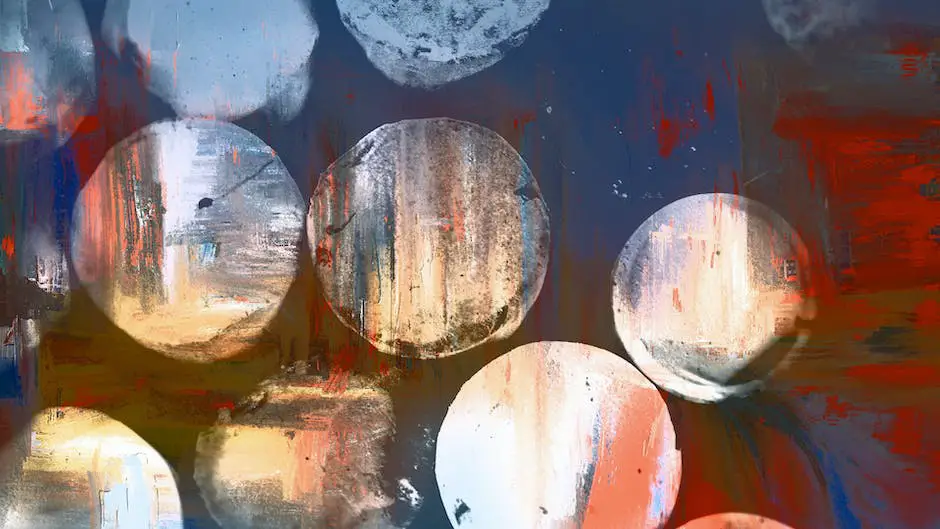
Noteworthy Examples and Analysis of Abstract Expressionist Works
Pluming deeper into the kaleidoscope of Abstract Expressionism, several seminal pieces serve as significant talking points. These works reveal not just the mastery of their creators, but also contribute to a bracing exposure to the influence and evolution of this movement that rocked the art world.
Foregrounding the discussion is Franz Kline’s ‘Chief’ (1950), a minimalist explosion of black and white that epitomises Kline’s distinctive style. The massive swaths of black, broken up by unforeseen flashes of white, string together a visual narrative that’s as dominant as it is enigmatic. This oeuvre alters perceptions and amplifies the unseen connection between lack of colour and emotional intensity.
Next in line, ‘Woman I’ (1950-1952) by Willem De Kooning. A vortex of lixiviated colours and fierce brushwork, it highlights de Kooning’s freeform exploration of the human form. It’s an exciting manifestation of how Abstract Expressionism bores into the essence of form to reveal the chaotic beauty underneath.
Clyfford Still’s ‘1957-D No. 1′ (1957) is a flame-streaked beacon of chromatic abstraction. Executed in Still’s distinct style of irregular, jagged shapes, and bold, evocative colours, it’s a wonderland of abstraction that allows an intimate look into the volatile interaction of colours and their emotional associations.
Flickering on the tapestry of Abstract Expressionism is ‘No. 5, 1948’ by Jackson Pollock – a drip painting known famously as one of the most expensive paintings ever. Unrestrained, chaotic, explosive, this canvas commands authority and imparts an understanding of Pollock’s unconscious mind that’s as profound as surrealism could aspire.
Mark Rothko’s ‘No. 14, 1960’ lines up hues of brown, orange, and peach, delineating Rothko’s application of vast fields of singular pigment. This piece is a silent beacon calling viewers into a deeply spiritual and emotional exploration of colour.
Both ‘Achilles’ (1952) by Barnett Newman and ‘City Landscape’ (1955) by Joan Mitchell, highlight the range of responses within the school. Newman’s zips are a testament to sublime minimalism, while Mitchell’s semi-abstract urban landscape narrates through emotional topography.
Finally, ‘Mountains and Sea’ (1952) by Helen Frankenthaler, illustrates the stain painting technique that had a profound influence on the Color Field painting style. Through this work, Frankenthaler mediated the landscape of the canvas, introducing new dimensions not by depicting reality, but by making the ‘reality’ of the canvas palpable.
More than just canvases splotched with colour, these seminal works epitomise an epoch of art revolution. They reveal how Abstract Expressionism was more than an aesthetic preference; it was a chorus of individualism, a revolt against tradition, and a dialogue from the depths of the psyche. In their ecstasies and horrors, these masterpieces whisper tones of artistic liberation and dormant rebellion, painting pictures of an artistic era that continues to resonate more than seven decades on.
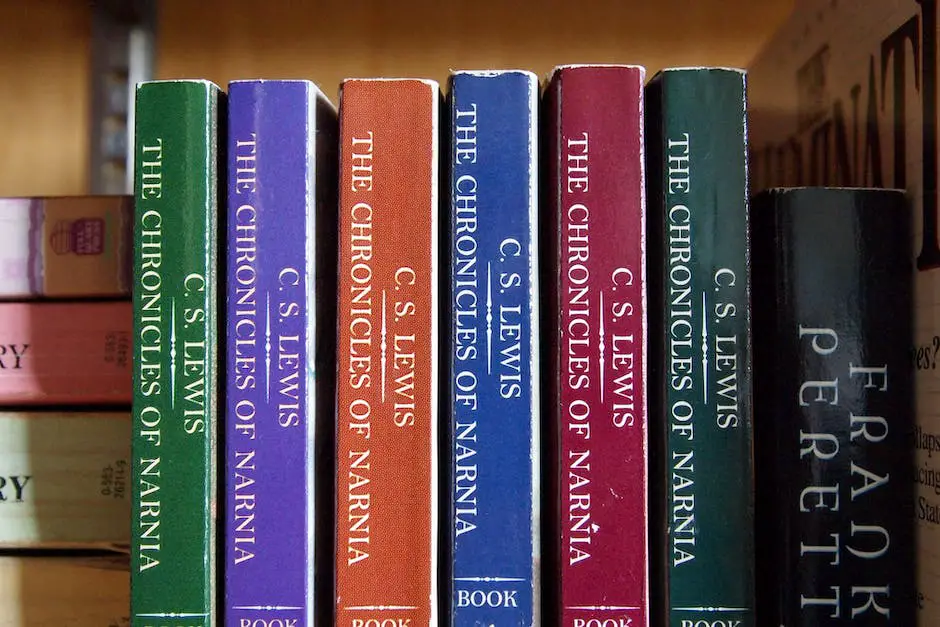
As our exploration concludes, the undeniable significance of Abstract Expressionism within the realm of modern art history becomes evident. Its strive for raw, emotional authenticity and unadulterated self-expression pushed aesthetic boundaries and left an indelible mark on contemporary art practices. From the impulsive Action Paintings to the introspective tranquility of the Color Field Paintings, the range of styles thrown open by this movement has offered artists an abundant vocabulary to converse in abstraction. The echoes of Abstract Expressionism reverberate across borders, inspiring subsequent movements such as Tachisme in Europe, and continue to hold sway even today. Through this labyrinth of art, abstract expressionism stands as a testament to the enduring power of human emotions and our quest to extract the essence of existence.
Recommend0 recommendationsPublished in Art Movements





